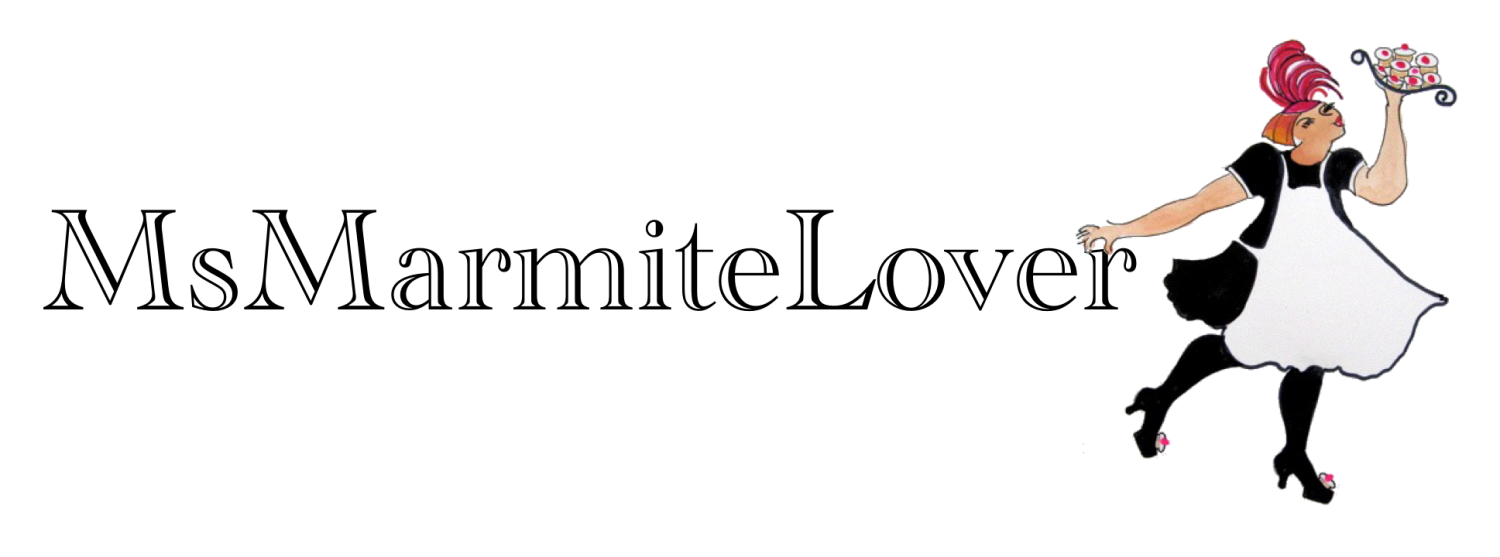 |
| Formidable widows of the champagne region |
There’s something of the widow maker about the Champagne region. The most famous, la Veuve (widow) Cliquot, after complaints about cloudiness, invented ‘riddling’, a method of getting rid of sediment by turning bottles a few degrees every day until they ended up ‘en pointe’ like ballerinas, neck down, with the sediment easily accessible. Today with modern techniques, the sediment is frozen, popped out and resealed within seconds.
Widow Pommery invented champagne brut, previously it was always sweet or demi-sec. During the second world war, widow Bollinger protected her champagne-stuffed cave from raiding Nazis by sleeping in it at night.
This week I visited another widow, la veuve Duval-Leroy who, two decades ago, promised her husband before he died at the young age of 41, that she would run the champagne house until their three sons were of an age to take over. Duval-Leroy remains one of the last independently family-run Champagne houses.
It couldn’t have been easy, Carol Duval-Leroy was not from the region, but from Belgium. People said she couldn’t do it, especially with three young children. She was pressurised to sell, she resisted.
We saw that toughness during a lunch cooked by two-star michelin chef Guy Martin. The petite and perfectly groomed Madame Duval-LeRoy is used to being in charge. While parrying questions from food journalists, she would be, sotto voce, dictating the pace of service, shrewdly eyeing up whether glasses were refilled, feeding her little dog ‘Asti’ under the table and simultaneously delivering the odd withering put-down. Her combination of charm and steel is no doubt necessary as the wine world is still run by men, but Duval-Leroy has a 43% female staff including the chef de cave, Sandrine Logette-Jardin who ‘designs’ the champagne each year.
The chalky terrain of the champagne region is the most expensive land in the world. Champagne production is limited but demand, despite the recession, is booming. Britain is the biggest export market: champagne is synonymous with celebration here.
 |
| Pinot Noir and Chardonnay grapes that go to make up Duval-LeRoy champers. |
How to drink champagne:
- Use a flute glass rather than a coupe, for the structure of the bubbles
- Don’t wear lipstick while drinking, again it affects the bubbles
- Do not keep your champagne in the cupboard under the stairs or in the fridge.
- Put the champagne in the fridge only an hour before drinking.
- The teaspoon in the bottle retaining the fizz is an old wives tale.
- The better the champagne, the longer it will remain fizzy once opened, sometimes up to a week, easily three or four days.
- Do not wash champagne glasses in the dishwasher, traces of detergent will remain on the glass and reduce the bubbles.
- Do not sneer at supermarket brand champagne, it’s often from a great house but at a competitive price. Sainsburys own brand champagne is from Duval-Leroy.
- Champagne is not just an aperitif, it goes well with all food even curry
- Champagne is particularly good with marmite on toast.
 |
| Terroir. This stoney infertile land is the most expensive in the world |
 |
| Lunch by Guy Martin. Centre: Carol Duval-Leroy and her eldest son, Julien. |
 |
| Bottling: we had to wear goggles in case any of the bottles exploded |







Leave a Reply